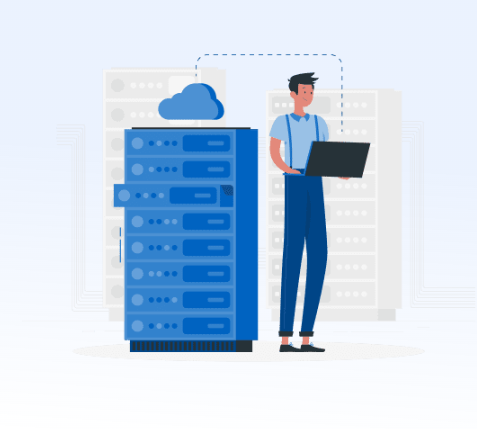Welcome to the world of HL7 development, where healthcare meets technology. In this article, we'll take you on a journey through the intricacies of HL7 development, providing a detailed and engaging exploration of this critical field. HL7 development plays a pivotal role in healthcare informatics, ensuring the seamless flow of data between healthcare systems. So, let's dive in and unravel the mysteries of HL7 development.
HL7 Development: An Overview
In the realm of healthcare, data interoperability is crucial, and this is where HL7 (Health Level-7) comes into play.
The Genesis of HL7
HL7 development has come a long way since its inception. It was created in 1987 with the mission to standardize the exchange of health information. Fast forward to today, and it's an essential component of healthcare IT infrastructure.
Significance of HL7
Why is HL7 development so important? Well, it allows different healthcare systems to communicate seamlessly, ensuring patient information is shared securely and efficiently.
Exploring HL7 Standards
HL7 development wouldn't be what it is without its standards.
HL7 Version 2.x
Version 2.x is the most widely used standard. It uses a pipe-and-hat (^) format to structure messages, allowing easy data exchange.
HL7 Version 3
Version 3 takes a step further, emphasizing XML and web services, making it more adaptable to modern healthcare systems.
HL7 FHIR
Fast Healthcare Interoperability Resources (FHIR) is the latest entrant. It's designed for the internet age, focusing on simplicity and ease of implementation.
Benefits of HL7 Development
Now that we understand the standards, let's explore the advantages.
Improved Patient Care
HL7 development ensures that all relevant patient data is accessible when needed, leading to better and more informed healthcare decisions.
Enhanced Efficiency
With data flowing seamlessly, administrative tasks become more efficient, and healthcare providers can focus on what matters most - patient care.
Cost Savings
Efficiency and accuracy lead to cost savings, making healthcare more affordable and accessible.
HL7 Development in Action
To truly understand HL7 development, let's see how it functions in the real world.
Electronic Health Records (EHRs)
EHRs are made possible through HL7 development, enabling healthcare providers to access a patient's entire medical history at the click of a button.
Medical Billing
Billing systems rely on HL7 messages to ensure proper invoicing and claims processing.
Laboratory Results
From X-rays to blood tests, all results are seamlessly integrated into patient records.
FAQs (Frequently Asked Questions)
Q: What are the key LSI keywords in HL7 development? A: LSI keywords like "HL7 standards," "FHIR," and "HL7 implementation" are essential to understanding the field.
Q: How has HL7 development evolved over time? A: HL7 has evolved from version 2.x to the more modern FHIR standard to meet the demands of contemporary healthcare.
Q: Is HL7 development mandatory for all healthcare systems? A: While not mandatory, HL7 development is highly recommended to ensure seamless data exchange in healthcare.
Q: What are the challenges of HL7 implementation? A: Challenges may include system integration, data security, and adherence to evolving standards.
Q: Can HL7 development be used in telemedicine? A: Absolutely! HL7 standards play a vital role in telemedicine by facilitating the exchange of patient data in real-time.
Q: Are there any HL7 development certification programs? A: Yes, there are certification programs that validate one's expertise in HL7 development.
Conclusion
HL7 development is the unsung hero of modern healthcare. It ensures that your health information flows securely and accurately between healthcare systems, ultimately leading to better patient care. From its history to standards and real-world applications, we've explored the core elements of HL7 development.

